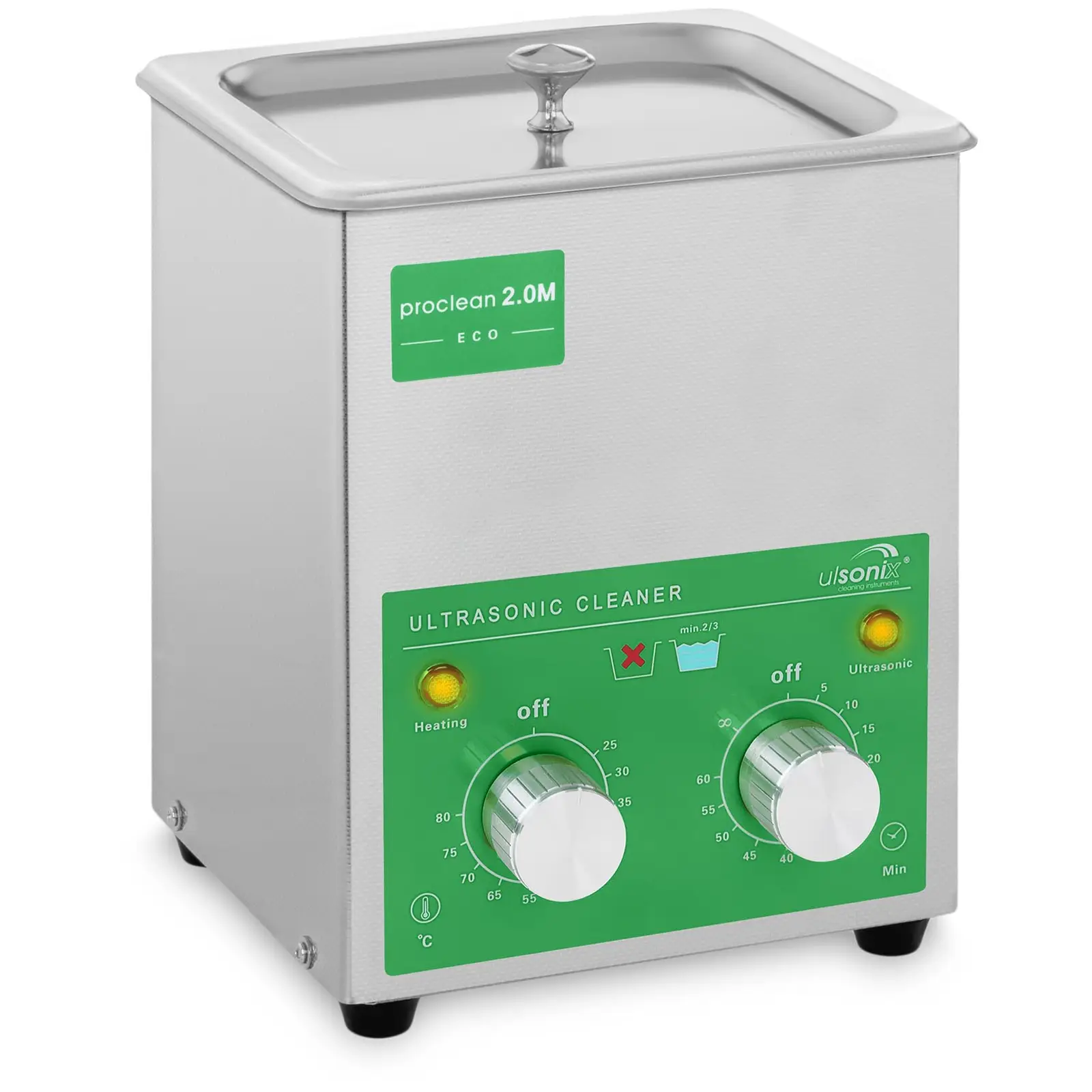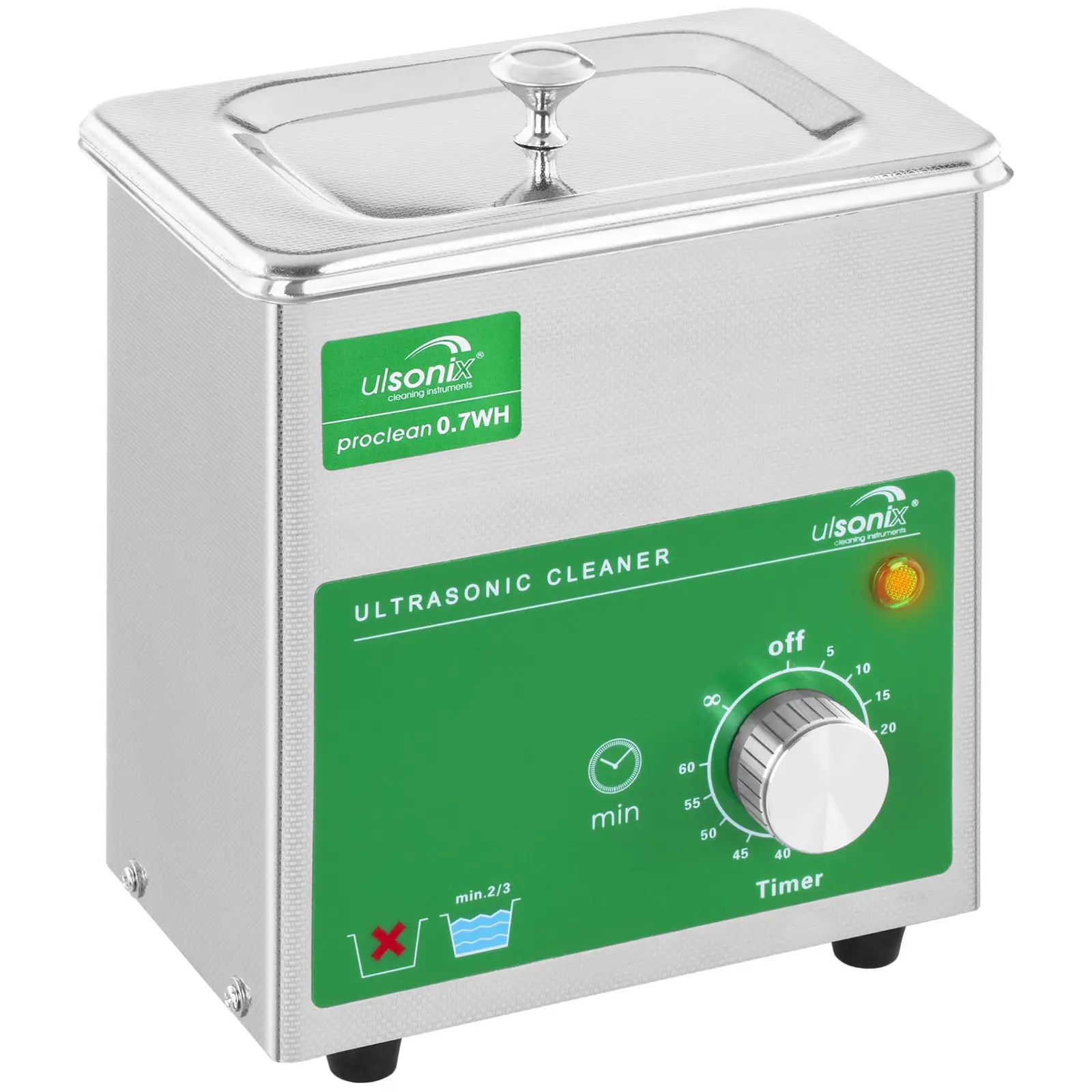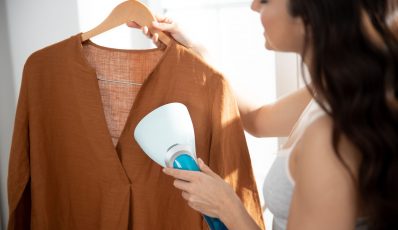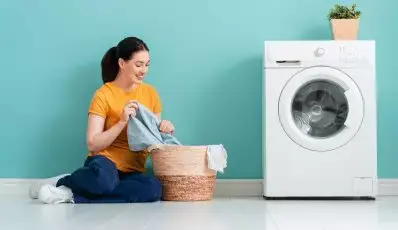Allergies are an issue faced by an increasingly large part of society, while the reasons, symptoms and treatment can vary. The most common advice given to people with allergies is to avoid allergens. Eliminating them completely is not easy. However, there are ways to limit them, one of them being an ultrasonic cleaner.

Allergies are an issue faced by an increasingly large part of society, while the reasons, symptoms and treatment can vary. The most common advice given to people with allergies is to avoid allergens. Eliminating them completely is not easy. However, there are ways to limit them, one of them being an ultrasonic cleaner.
Allergies – what are they and what are the symptoms?
An allergy is a hypersensitive reaction of the body to the action of foreign substances, i.e. allergens. They cause the immune system to produce more antibodies. These, along with the allergen, contribute to the release of various substances (most often histamine), which leads to inflammation.
Allergic symptoms may be cutaneous in the form of itchy rashes and redness, and contribute to respiratory problems (sneezing, bronchospasms, difficulty to breath). They also often cause tears and red eyes caused by irritation of the mucous membrane. In some cases they will also affect your digestion, causing stomach pain or diarrhoea.
Allergic symptoms are usually not life-threatening, but they mustn’t be played down. Vomiting combined with pain, diarrhoea and breathing difficulties can lead to anaphylaxis and even anaphylactic shock, which can be very dangerous, so you should consult these symptoms with a doctor.
What are the causes of allergies?
Allergens are mainly pollen, nutrients (especially foreign proteins), antibiotics, chemical compounds (e.g. latex), insect venom, fur, dust mites and mould spores. The most common methods of treating allergies is symptomatic, pharmacological and immunotherapy, and in some cases – anti-shock treatment. Prevention is also crucial when fighting allergies, i.e. limiting the contact with allergen sources as much as possible.
In order to avoid allergens, you could use carrots as a TV-watching snack instead of nuts. Instead of a cat or a canary, get a fish or a tortoise. Use air filters at home to eliminate contact with pollen and dust. A common way to remove allergens from everyday items is with ultrasonic cleaners, which can significantly reduce the number of allergens. Research has shown that cleaning with ultrasonic cleaners intensifies the effects of detergents and disinfectants.
-
Ultrasonic Cleaner – degas – 4.5 L
189.00 €169.00 € -
Ultrasonic Cleaner – 6.5 litres – 180 W
249.00 €229.00 € -
Ultrasonic Cleaner – 10 litres – 240 W
299.00 €269.00 € -
Ultrasonic Cleaner – 30 litres – 600 W 389.00 €
How does an ultrasonic cleaner work
Ultrasonic cleaners usually look like a box or a container. They come equipped with a water tank for ultrasonic cleaning fluid or disinfectant. Ultrasonic cleaning uses cavitation bubbles induced by high frequency sound waves with a frequency above 20 kHz. Ultrasonic cleaning uses cavitation bubbles to agitate a liquid, and alternating high and low pressure zones are created. Microbubbles are formed during low pressure, which then, under the influence of high pressure, expand and finally implode.
This releases an enormous amount of energy. Its force effectively removes all kinds of dirt such as sediment, pollen, mould and fungus spores. In turn, sterilisation with an ultrasonic cleaner is a result of the strong effect of cavitation on some bacteria, mites and other microorganisms, and breaks the germ cells from inside. In order to additionally increase the efficiency of such devices, you can use designated cleaning products. However, remember to carefully choose the right liquid for your ultrasonic cleaner in order to achieve the desired effect.
Basic uses of ultrasonic cleaning
This method is especially helpful where traditional cleaning or washing is impossible. This could be in hard-to-reach spaces, on uneven or porous surfaces, as well cleaning very small objects.
An advantage of ultrasonic cleaners is their versatility. They can help you get rid of pollen, spores, dust, mites and much more from everyday household items. They can also come in useful for disinfecting car air-conditioning, which is often one of the causes of allergic reactions.
Ultrasonic cleaners are also great for cleaning gold jewellery, cleaning glasses, disinfecting toothbrushes and removing dirt from items with extensive decorative elements. They can also be used for cleaning tarnished silver cutlery or rusty and greasy screws and nuts.









Share